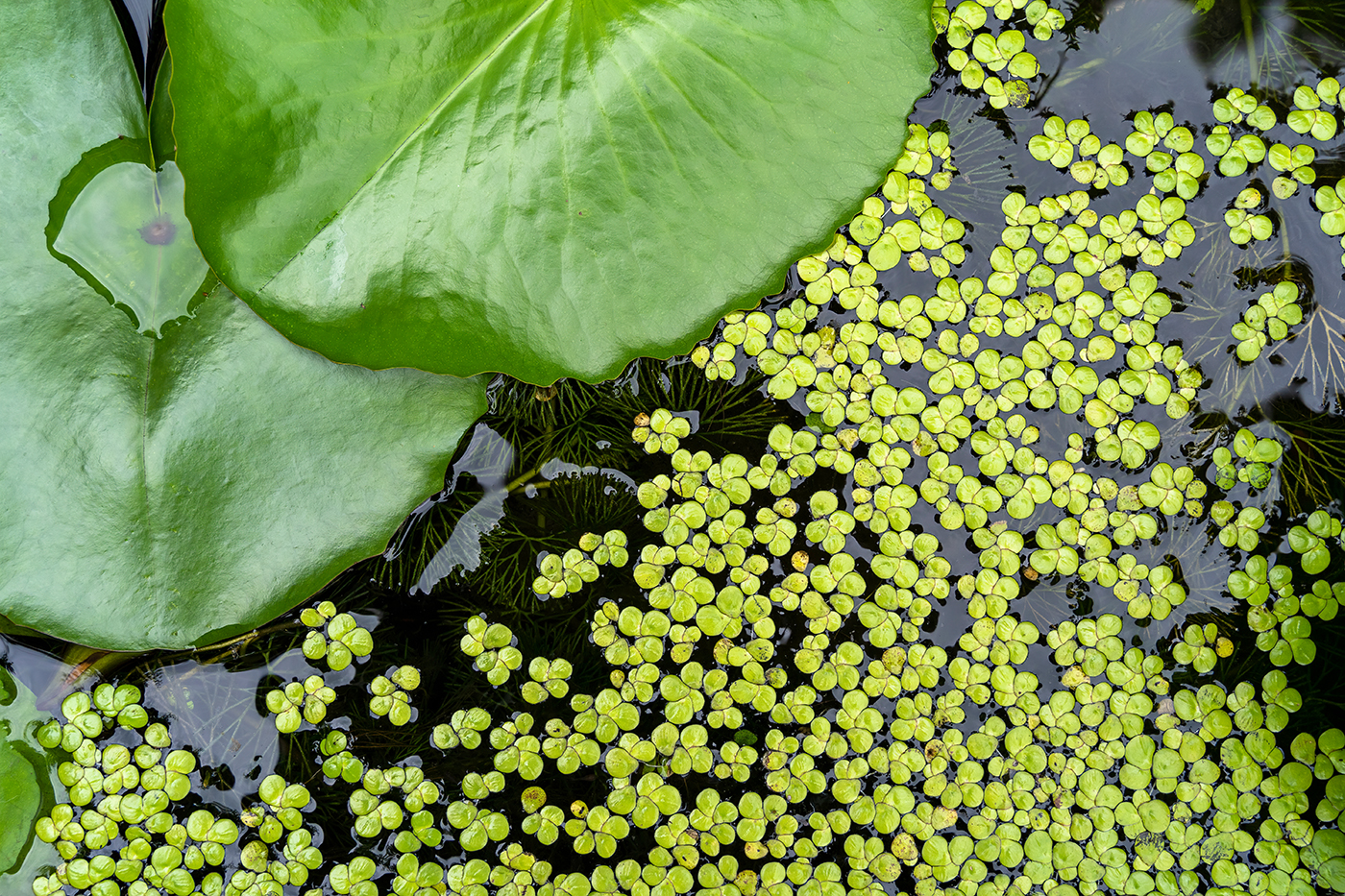
Anthony Bishopp
@Bishopp_Lab
We are based at the University of Nottingham, UK and focus primarily on understanding the regulatory processes controlling root patterning.
We are looking for a PhD candidate interested in the evolution and development of plants who can start in October 2025. Please see the link below for more details and contact information. findaphd.com/phds/project/e…

We've been really excited to see the interest in our recent paper about duckweed root vestigiality. It's a privilege to feature in the PNAS Front Matter journal club. Thank you @amygmcdermott for writing such an inspiring piece. pnas.org/post/journal-c…

We are looking for a postdoc to work on an interdiscplinary project on root hair patterning. The ideal applicant will have good skills in image acquisition and analysis. Please RT and feel free to contact me for more information. nottingham.ac.uk/jobs/currentva…
Abscisic acid signaling activates distinct VND transcription factors t... sciencedirect.com/science/articl…
Remember the deadline for abstracts for talks is this Friday (March 26th at 23:59CDT, that’s 4:59am in the UK, 5:59am in Europe, 4:59am UTC) Get your abstract in! We’re looking forward to selecting some great talks. Poster abstract deadline is April 30th, still plenty of time!
There have been so many crucial roles identified for AHP6, but we didn't have any idea if the psuedo phosphotransfer proteins had any role in other species. In this collaboration with Joe Kieber's lab we show functionally diverged roles for PHPs in rice. onlinelibrary.wiley.com/doi/10.1111/tp…
The volatile plant hormone ethylene allows plant roots to sense & avoid compacted soils, researchers report in Science. The findings reveal how plants regulate their growth in response to soil compaction—a growing challenge facing modern agriculture. ($) fcld.ly/mr4r1hl
wonderful collaboration with @teva_vernoux @RDPlab @bradylabs @AP_Mahonen @Francois_Parcy showing a network of transcriptional repressors upstream of the activating ARFs. nature.com/articles/s4158…

We had a beautiful hypothesis about how auxin triggers root regeneration. It flows down from the stele and because it can't flow back when you cut the root it forms a new auxin peak. A simple and beautiful self-repair mechanism. The only problem was that it was wrong...
New Article: "Local auxin biosynthesis is required for root regeneration after wounding" by @efronilab, free to read at rdcu.be/b53rp Auxin transport vs auxin local biosynthesis after root tip is cut and regenerates.
Have a look at this free online course on "Image Analysis Methods for Biologists" by @UniofNottingham starting on 11 May: ow.ly/PLyL50z980M
New preprint! Genome of a duckweed Wolffia reveals a single canonical NLR (plus 2 non-canonical) in its reductionist immune system biorxiv.org/content/10.110… great collaboration, NLR analysis by @erinbaggs_